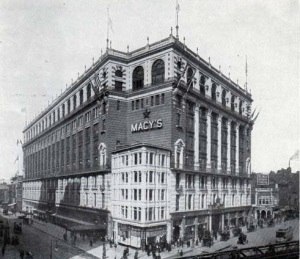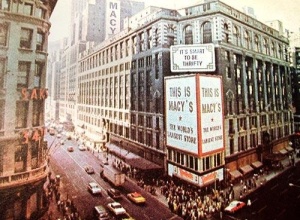
Ordinary microscopes can see 8 times more minutely than known physical limits if miniature glass spheres are sprinkled onto samples, according to a new study.
The cheapest and most common microscopes use white light to magnify objects, but the nature of light and the limitations of our eyes mean those microscopes can’t image things smaller than bacteria. Other microscopy techniques, which use lasers, metamaterials and electron beams to image microscopic and nanoscopic worlds, can exceed such limits. But they are difficult, time-consuming and expensive to use, and they can kill live samples.
Glass microspheres about the size of red blood cells, however, described March 1 in Nature Communications, act like tiny magnifying glasses and bring normally invisible structures into sight. Stitching the microspheres’ images together with software could create unprecedented white-light photos.
“We have broken the theoretical limits of optical microscopy in white light,†said engineer Lin Li of the University of Manchester, a co-author of the study. “The surprising thing is the simplicity. One hundred dollars buys you about 100 million microspheres. Using conventional optical microscopes, almost anyone can do this.â€
The microspheres may allow microscopes to image viruses in action or the insides of living cells. But the technique may not be as simple to use as the study’s authors say.
An independent group of microscope experts at Purdue University, led by physicist and engineer Vladimir Shalaev, couldn’t replicate similar images on their first attempt. But Shalaev said they’re working with the paper’s authors to be certain they did it correctly.
“It can be very hard to reproduce new experiments,†Shalaev said. “I have to admit this all sounds too good to be true. But if it is true, it’s going to be a huge, huge development.â€
Microscope resolution is limited by diffraction, or the bending and spreading of light when it encounters obstacles like glass. What we see through microscopes is also restricted by cells in the eye’s retina, which can only detect light with wavelengths between 390 and 750 nanometers (between violet and red colors, respectively).

Image: Nature Publishing Group
These limitations prevent us from directly seeing objects smaller than 200 nanometers — just larger than a rabies virus or Mycoplasma, the smallest-known bacteria. Physicists and engineers have circumvented the 200-nanometer barrier with electron microscopy, laser fluorescence and nanoscale metamaterials, but they’re expensive, kill live samples or are difficult to use. So Li and his colleagues sought a new method.
In one experiment with glass beads between 2 microns and 9 microns wide, they could see 50-nanometer-wide holes in gold foil, or 8 times beyond the limits of conventional microscopy (image below). They were also able to see the tiny data grooves on a Blu-Ray disc (image above).
“This is quite cheap and easy to implement, while the alternatives are far more expensive and complicated,†Li said.
Physicist and engineer Igor Smolyaninov of the University of Maryland, who wasn’t involved in the research, has used metamaterials to image objects as small as 70 nanometers in size. He doesn’t think the new results are unreliable or untrue, but does see some limitations to the technique.
“They looked at artificial structures. Metal lines, holes and such. These are not a virus or bacteria, which are much, much more difficult to see because they move around,†Smolyaninov said. “I tried to do this before but couldn’t convince myself it was real. If they can pull it off, I’ll be extremely happy.â€

Image: Top row: Three blocks of lines etched into a metal surface, as seen with a scanning electron microscope, with bunched-up microspheres covering the bottom block (left). The top blocks of lines aren't visible with a light microscope, but under the microspheres they are (right). Bottom row: A gold surface with 50-nanometer holes punched in it, as seen with SEM. A microsphere covers the bottom right (left). The same mesh, with the holes visible under the microsphere with a light microscope (right). Nature Publishing Group
Image: Top row: A Blu-Ray disc’s 100- and 200-nanometer grooves under a Scanning Electron Microscope (left). The same grooves are visible using microspheres with a light microscope (right). Bottom row: A 1,000-nanometer star etched into a DVD under SEM (left). The same star as seen through a microsphere (right). (Nature Publishing Group)
Citation: “Optical virtual imaging at 50 nm lateral resolution with a white-light nanoscope.†Zengbo Wang, Wei Guo, Lin Li, Boris Luk’ yanchuk, Ashfaq Khan, Zhu Liu, Zaichun Chen &
Minghui Hong. Nature Communications, Vol. 2 Issue 218. March 1, 2011. DOI: 10.1038/ncomms1211
See Also:










